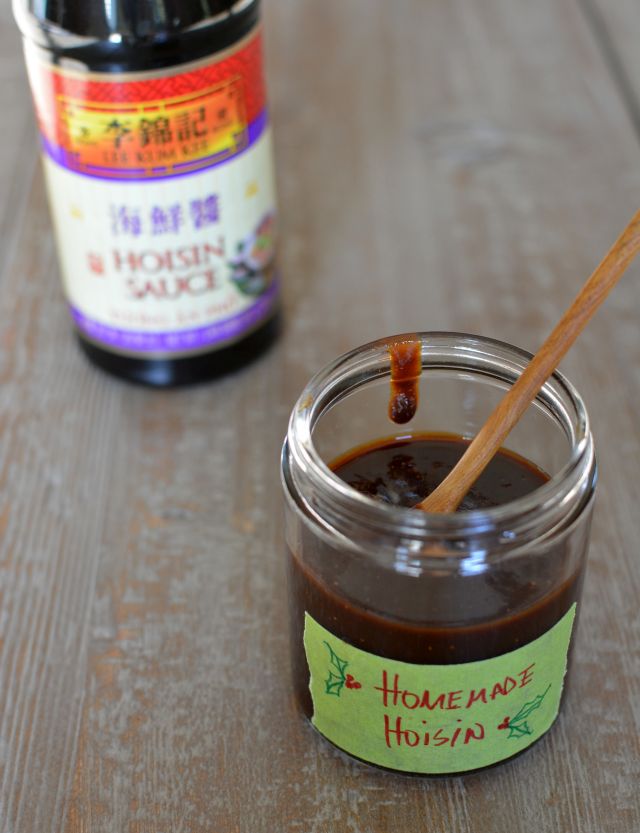
Love hoisin sauce with pho and in other Asian dishes? Make it yourself! I didn’t think it would be easy, but for the sake of excellent pho and the desire to offer a gluten-free hoisin recipe in The Pho Cookbook, I experimented for about two weeks to come up with an excellent recipe.
Now, you may have heard that I don't like to squirt hoisin sauce into pho noodle soup. It’s true, but when eating a bowl of pho with the works (like with the lamb pho in the photo above), I like to dip meatballs into hoisin and sometimes sriracha, too. The hoisin adds a spicy-salty-sweet kick to make pho extra fun.
Trouble is, the commercially made hoisin for eating with pho, called tương ăn phở in Vietnamese, is incredibly sweet and one-note. Every time I’ve tried it from the squeeze bottle by Lee Kum Kee, I’ve been disappointed. For that reason and because I wanted a gluten-free option for wheat-sensitive pho lovers, I experimented for two weeks to come up with a recipe for homemade hoisin sauce.
First off, what the heck is hoisin sauce? It’s a Chinese fermented soybean-based condiment that includes various seasonings such as garlic and chile plus spices. The result is a sweet-savory-earthy dark brown sauce. In my efforts to dial in the flavors, I checked the ingredients of my favorite brand of hoisin, Koon Chun.
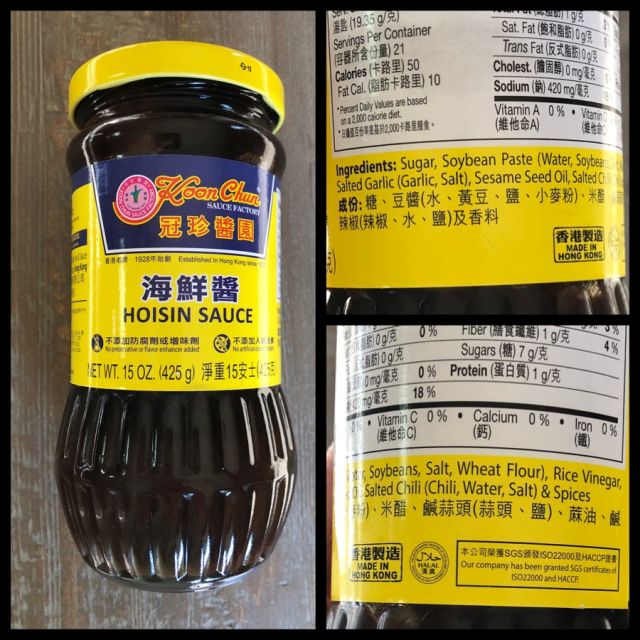
Aside from regular hoisin, there’s a type of hoisin that’s been formulated to be eaten with pho. The Lee Kum Kee brand is what we know in America. It’s the standard one found at pho restaurants and you can buy it at Asian markets and nowadays, a few American supermarkets, too. Here’s what’s in it:
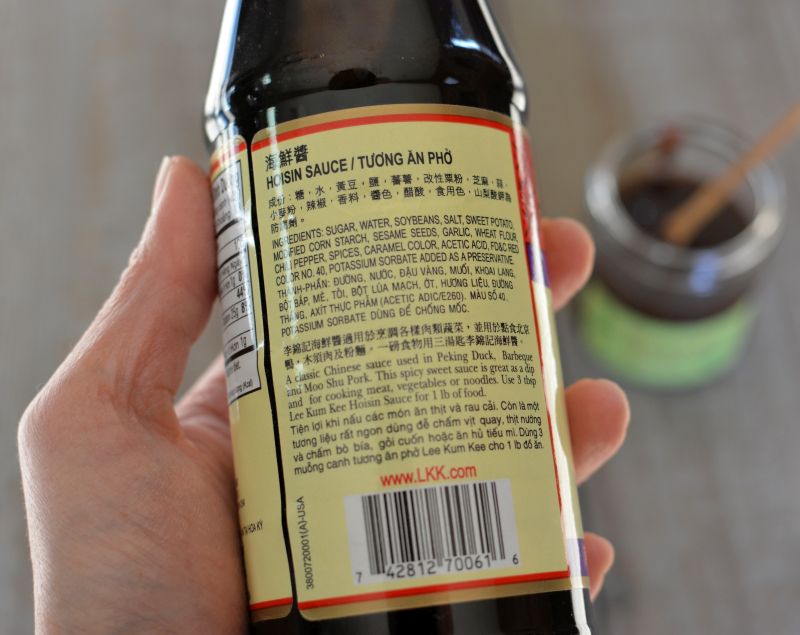
In Vietnamese, fermented bean sauces are generically called tương, which explains tương ăn phở as literally meaning fermented bean sauce for eating pho. Not romantic, but highly descriptive.
When I went to make my own from scratch, I needed to start out with a basic version of tương, which is why I ended up trying these different kinds of miso and Korean doenjang.
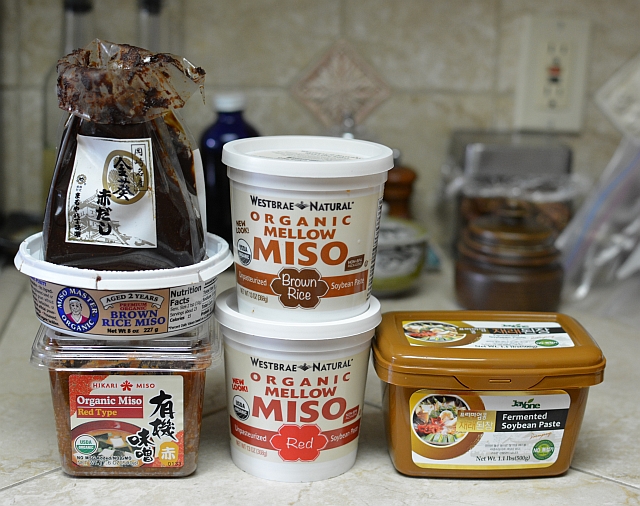
To channel the pho flavor, I added my Pho Spice Blend, as well as the requisite chile heat and garlic pungency. A little rice flour, such as Bob’s Red Mill or Mochiko Blue Star brand, acts as a binder. Sesame paste, such as tahini, adds fatty richness.
Through testing, I got different colored hoisin sauces and different flavors. For a handsome and tasty outcome, select a dark miso, such as red, brown rice, or Hatcho; shop for miso at natural foods grocers and Asian markets. The soybean paste determines the color and flavor complexity. In general, the darker the better.
My favorite is Hatcho miso, which is typically made with only soybeans and is darker, less sweet and more umami and complex than other kinds of miso. The problem is it’s mostly sold at Japanese markets. Some health food markets and Amazon carry Eden Foods version of the super dark miso.
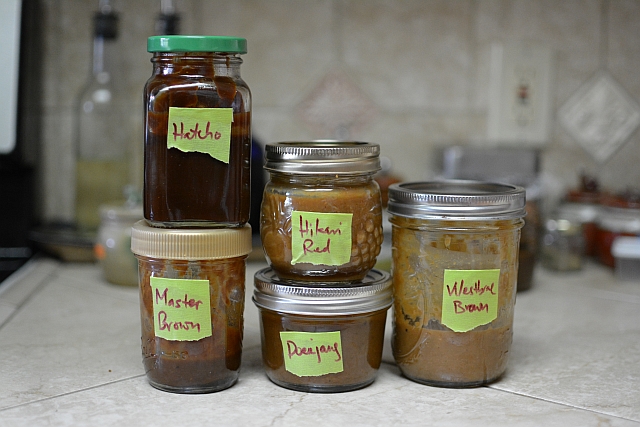
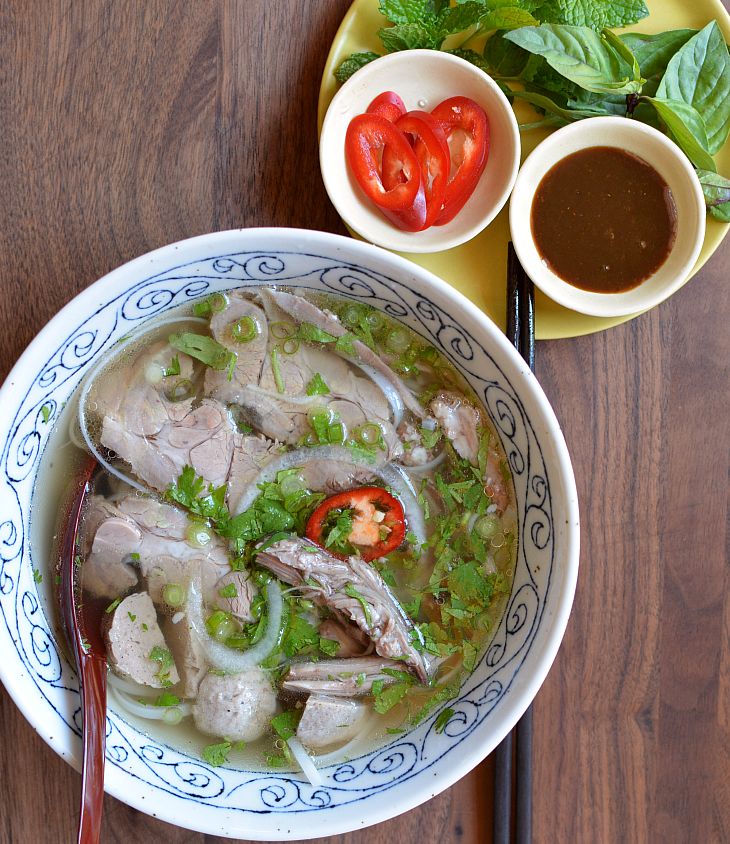
If you’re going to tackle making pho, go the Full Monty and whip up your own pho hoisin sauce. It’s easy and remarkable tasting, less sweet and more complex than the commercial product in the squirt bottle. Plus, you can dial in flavors to your liking.
Aside from enjoying this hoisin with pho noodle soup, I use it just like regular hoisin, in char siu pork or chicken marinades and peanut sauces for rice paper rolls. Its flavor is good with Peking Duck, too!
You can multiply the recipe to make little jars to gift friends and family. Just an idea for you to share the pho and hoisin wealth!
Pho News!
In the past week, The Pho Cookbook was picked as one of the best cookbooks of 2017 by National Public Radio, the Washington Post, and Pickles and Tea blog. I’m thrilled and astounded that my book dedicated to one single dish has garnered so much positive attention. Thank you for all the support and great reviews on Amazon and elsewhere!
Homemade Hoisin Sauce
Yield 1 cup
Korean doenjang, or soybean paste, can be used instead of miso, but watch for the wheat if you are wheat intolerant. Chinese five-spice powder is a decent substitute for the spice blend. Use gluten-free soy sauce if that's your "regular" soy sauce!
Ingredients
- 1 large clove garlic, smacked with the broad side of a knife
- ⅛ teaspoon ground cayenne, or ¼ teaspoon dried red pepper flakes
- ½ teaspoon Pho Spice Blend
- 2 teaspoons rice flour (sweet, regular, or brown rice)
- 1 tablespoon plus 1 teaspoon tahini
- 1 tablespoon plus 1 teaspoon unseasoned Japanese rice vinegar
- ⅓ cup water
- ⅓ cup dark miso paste, such as brown rice, red, or Hatcho miso
- ½ cup firmly packed light or dark brown sugar
- Regular soy sauce, to taste
Instructions
- In a small, 1 ½-quart (1.5 l) saucepan, combine the garlic, cayenne (or pepper flakes), pho spice blend, rice flour, tahini, vinegar, water, miso, and sugar. Whisk or vigorously stir to combine well. Because miso varies so much in flavor, add up to 1 tablespoon of miso if the mixture is too mild or mellow.
- Bring to a simmer over medium heat and cook, stirring occasionally, until thickened, about 1 minute. Let cool and concentrate off heat for 15 minutes; whisk or stir occasionally to prevent a skin from forming. Taste and, if needed, add soy sauce by the teaspoon or vinegar by the ½ teaspoon.
- If the mixture is smooth, strain through a mesh strainer, discarding the garlic. If the mixture is chunky from the miso, puree it in a food processor. The flavors open up overnight, though you can enjoy the sauce right away. Keep refrigerated in a jar for up to 3 months, bringing to room temperature before using.
Notes
From Andrea Nguyen's The Pho Cookbook (Ten Speed Press, 2017)
Courses Condiment
Cuisine Chinese, Vietnamese













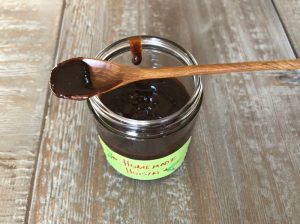

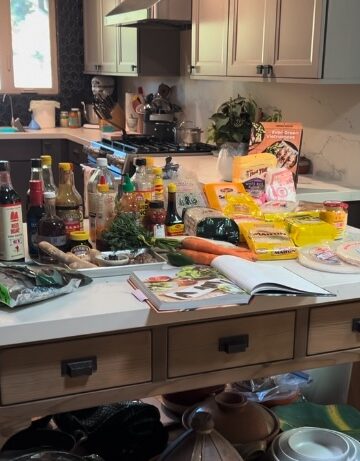
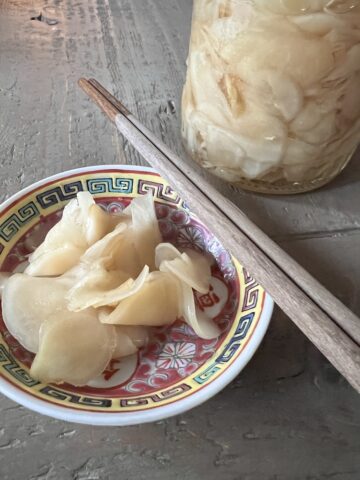
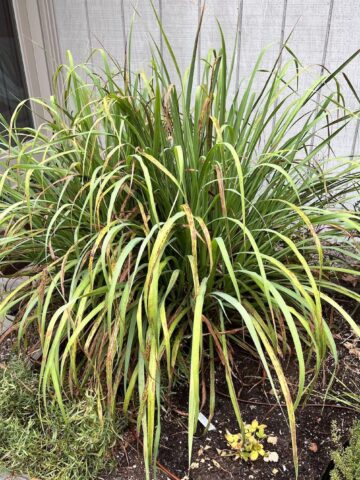
CHUDU43 says
Thanks
Sandro says
Absolutely wonderful. Just made this with Hacho Miso and it's terrific!
I was a bit sceptical to use tahini since the one I had was a little bitter, but it works great.
Thank you for this recipe!
Andrea Nguyen says
Hooray! Thanks for the feedback.
Jana Moore says
You might want to amend the soy sauce; it has gluten in it.
Andrea Nguyen says
Of course, simply use gluten-free soy sauce if that's your "regular" soy sauce.
Diana Lopes says
I've never made homemade sauce before, but since I always love your recipes, I'll give this one a try. Thanks for sharing!
Andrea Nguyen says
Hope you like it, Diana!
Dana says
I’m excited to try this, thanks for all your testing to find the perfect recipe!
Do you have a preferred recipe for peanut dipping sauce? I tend to put a bit of hoisin sauce in my peanut sauce but I’m curious about how you make your peanut sauce!
Andrea Nguyen says
I have two recipes for peanut sauce and one uses peanut butter so definitely go for it!
KissAnime says
This is wonderful!
R says
At first I thought this would be a great recipe to forward to my sister (which I did) but then thought I'd better check up on the ingredients in the miso paste - and found that it contained barley - another gluten source. Do you know of any gluten free miso pastes?
Andrea Nguyen says
There are many kinds of miso. No all of them have barley. Read the label before buying. It really depends on what's stocked at your market.
Meg Watkins says
Thank you for this recipe!! The miso I bought from the store is full of ingredients I don't want my kiddos eating so I love the opportunity to try to make my own! I've heard that boiling miso kills the beneficial good bacteria - do you think simmering in this recipe would kill them? Could the miso be added at the end right before pureeing instead? Thank you!
Andrea Nguyen says
Boiling anything changes its composition but I don't imagine that you and your family survive on miso alone. Make it up by eating more miso in other -- unboiled ways!
JIWA says
Thank so much for this recipe. I have been looking for one for ages. I have tried to make it on my own, using the ingredients on the label of a couple of different versions, and eliminating the ones I don't like.( I figured out how to make tamarind sauce as well.) I did not translate the sesame seeds int miso. I should have thought of that. Thanks so much for a great recipe. Just stumbled on to your site, and will now have a bunch of recipes to try. Thanks so much. And congratulations on your James Beard Award. Amazing accomplishment. Reflects tons of hard work.